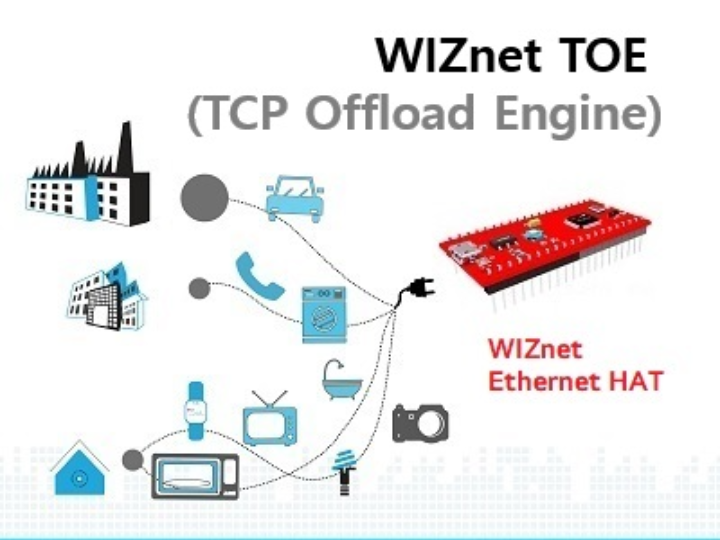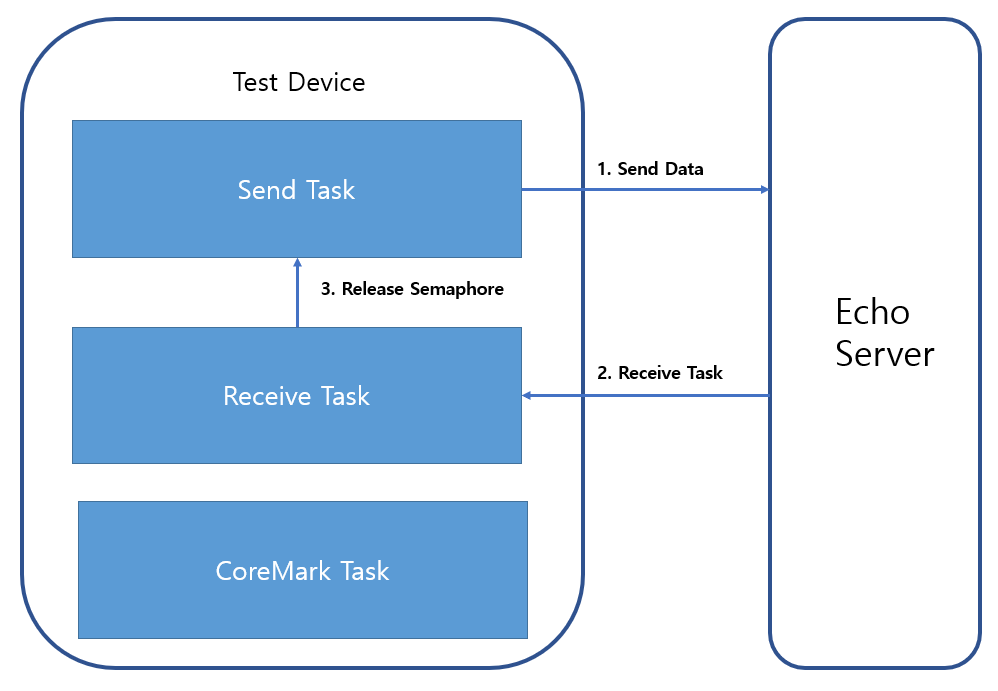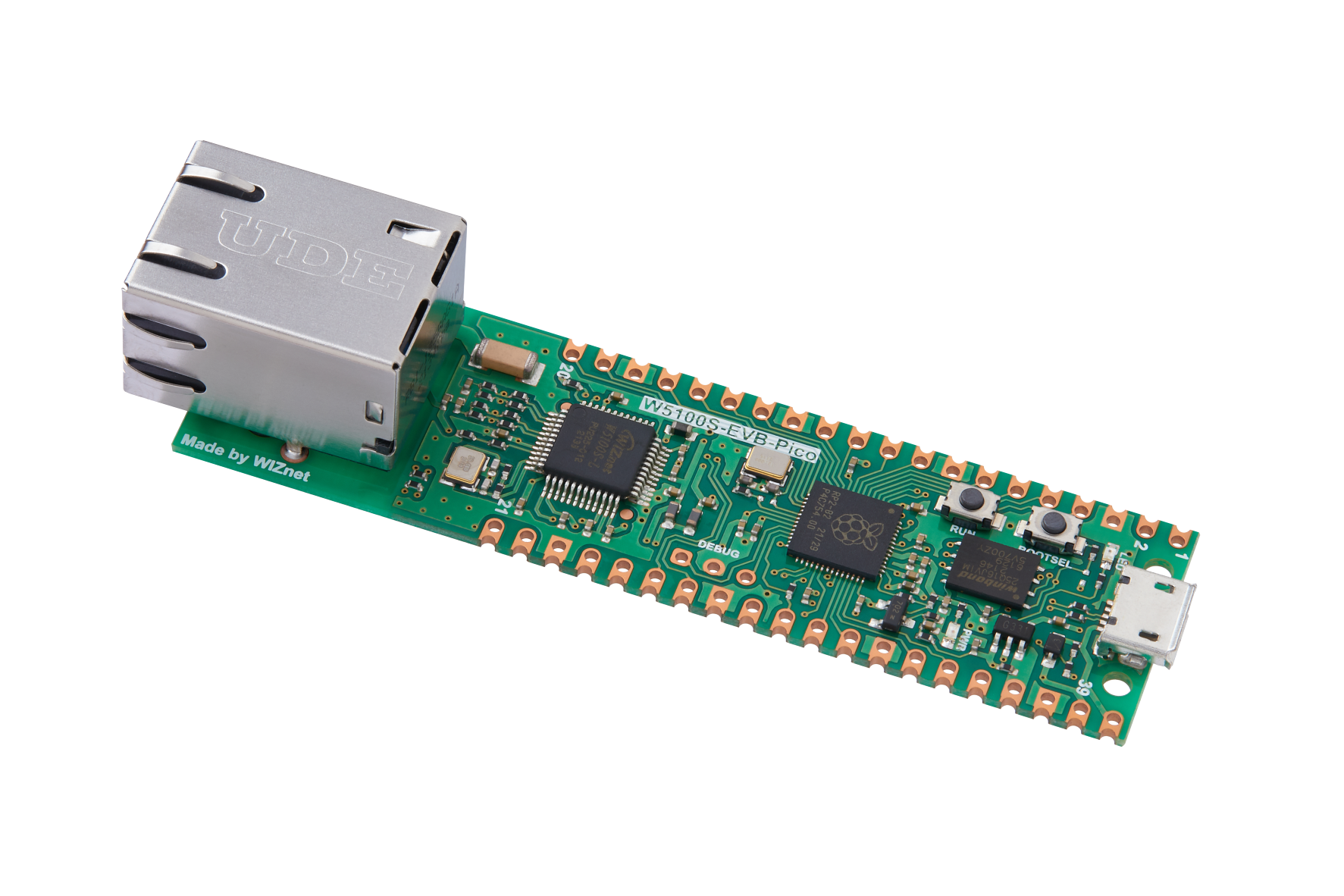TOE vs Software TCP Stack on W5100S-EVB-Pico
This content compares the performance of TOE and the Software TCP Stack on W5100S-EVB-Pico

As the Internet of Things (IoT) continues to expand and change the landscape of embedded systems, the importance of reliable and efficient networking solutions has never been greater. A key component of these solutions is the transmission control protocol (TCP) stack, which enables reliable and organized data transfer between networked devices. This study presents an in-depth performance comparison between two widely adopted TCP stack implementations: the hardwired TCP stack and the lightweight IP (LWIP) TCP stack.
Hardwired TCP stacks are characterized by high performance, minimal resource usage, and simple implementation. They are commonly found on dedicated networking chips and are particularly suited for applications with strict resource constraints. LWIP TCP stacks, on the other hand, are widely used in embedded systems and IoT devices as a flexible, modular, open-source alternative that can be customized for different applications and platforms.
To provide an evaluation of these TCP stacks, I experimented with how much CPU load it takes to make TCP communications using Coremark on W5100S-EVB-Pico.
<Test Diagram>

<WIZnet W5100S-EVB-Pico>

<Software TCP Stack Test Result>
Software TCP Stack sent data 5277 times in one Coremark test. Iterations are 1100. One Coremark run took 12.956 seconds, and the Coremark score was 84.90.
<TOE Test Result>
TOE TCP Stack sent data 6219 times in one Coremark test. Iterations are 3000. One Coremark run took 17.306 seconds, and the Coremark score was 173.34.
We compared these data and organized them into the chart below.
The TOE method scored 51% higher.
